

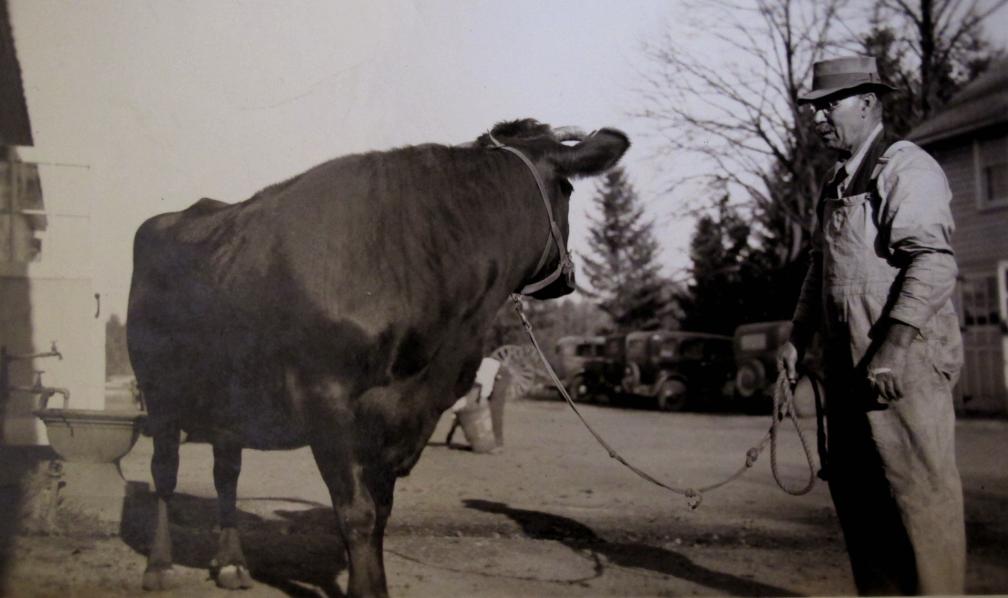
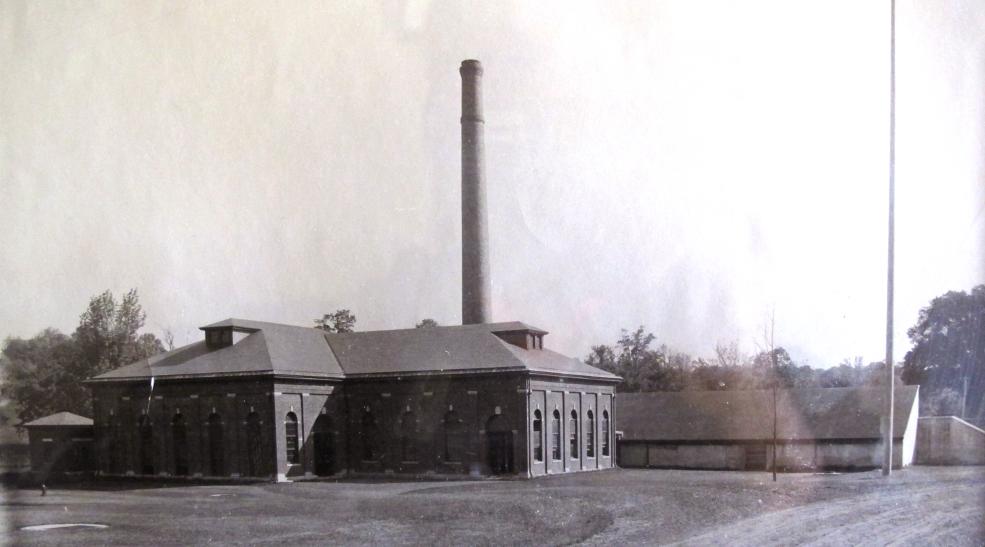
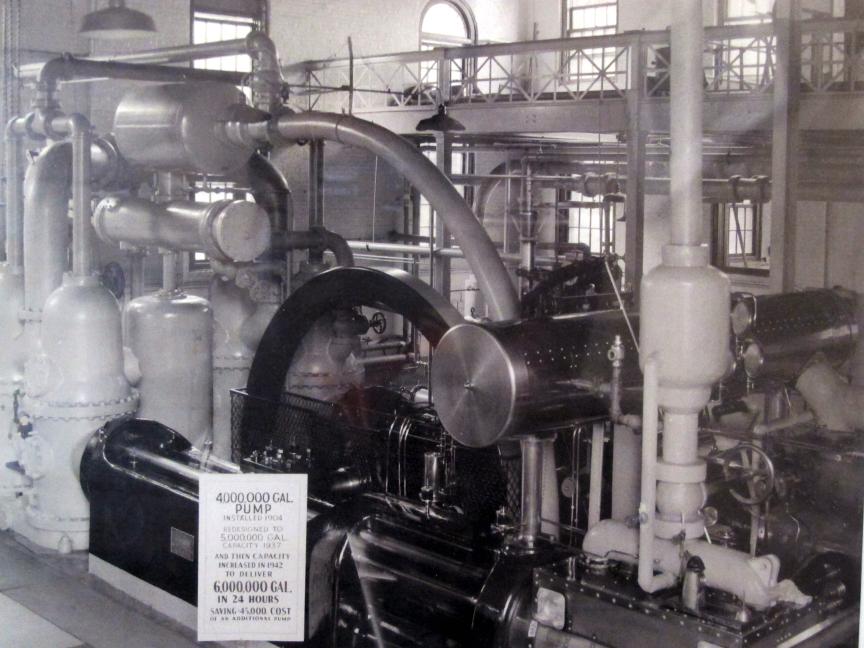
4,000,000 Gal.
Pump
|
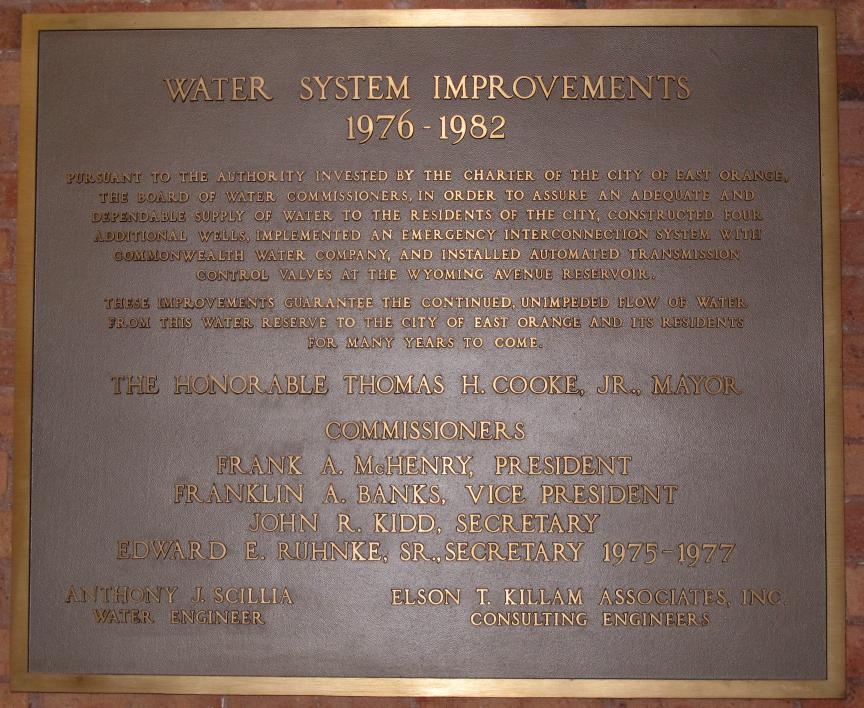
Photo by Frederick Goode
Water System Improvements1976-1982Pursuant to the authority invested by the charter of the city of East Orange, the board of water commissioners, in order to assure an adequate and dependable supply of water to the residents of the city, constructed four additional wells, implemented an emergency interconnection system with Commonwealth Water Company, and installed automated transmission control valves at the Wyoming Avenue Reservoir.These improvements guarantee the continued unimpeded
flow of water from this water reserve to the city of East
Orange and the residents for many years to come.
|
|
Anthony J. Scillia
|
Elson T. Killam Associates, Inc.
|
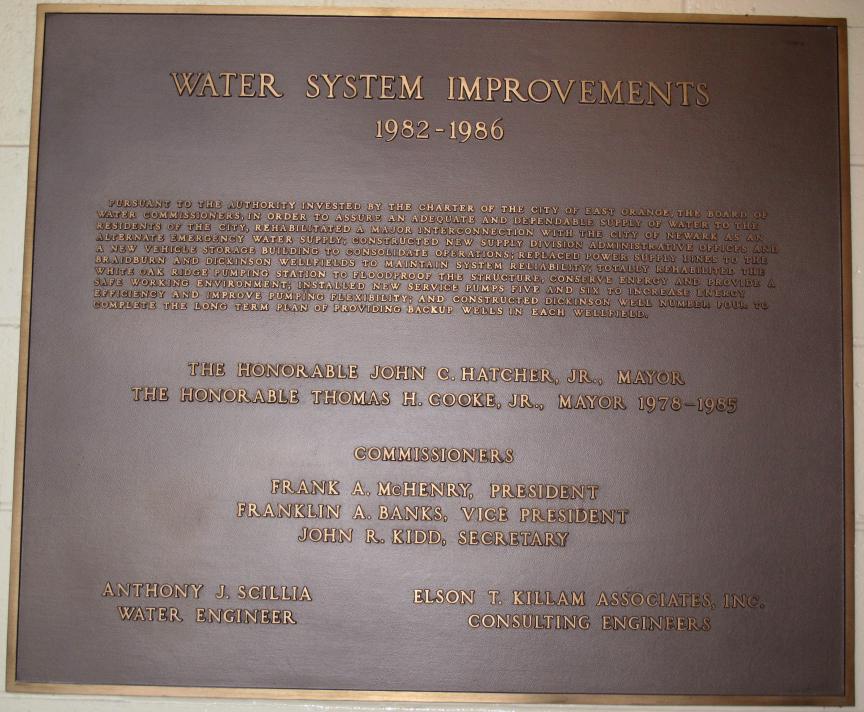
Photo by Frederick Goode
Water System Improvements1982-1986Pursuant to the authority invested by the charter of the city of East Orange, the board of water commissioners, in order to assure an adequate and dependable supply of water to the residents of the city, rehabilitated a major interconnection with the city of Newark as an emergency water supply, constructed new supply division administrative offices and a vehicle storage building to consolidate operations, replaced power supply lines to the Braidburn and Dickinson wellfields to maintain system reliability, totally rehabilitated the white oak ridge pumping station to floodproof the structure, conserve energy and provide a safe working environment, installed new service pumps five and six to increase energy efficiency and improve pumping flexibility, and constructed Dickenson well number four to complete the long term plan of providing backup wells in each wellfield. |
||
|
The Honorable John C. Hatcher,
Jr., Mayor
|
|
Anthony J. Scillia
|
Elson T. Killam Associates, Inc.
|
|
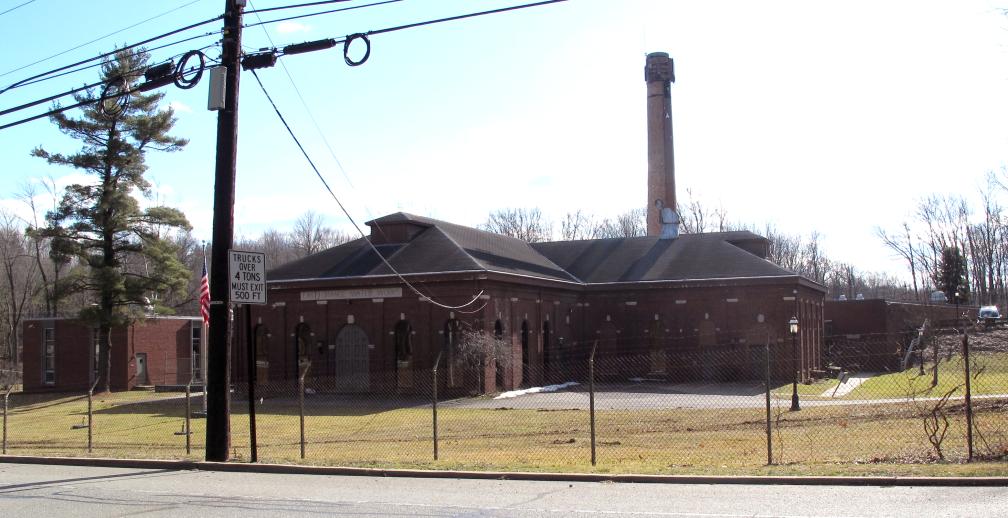
The East Orange Water Works today (2013).
Photo by Al-Quadir Marsh
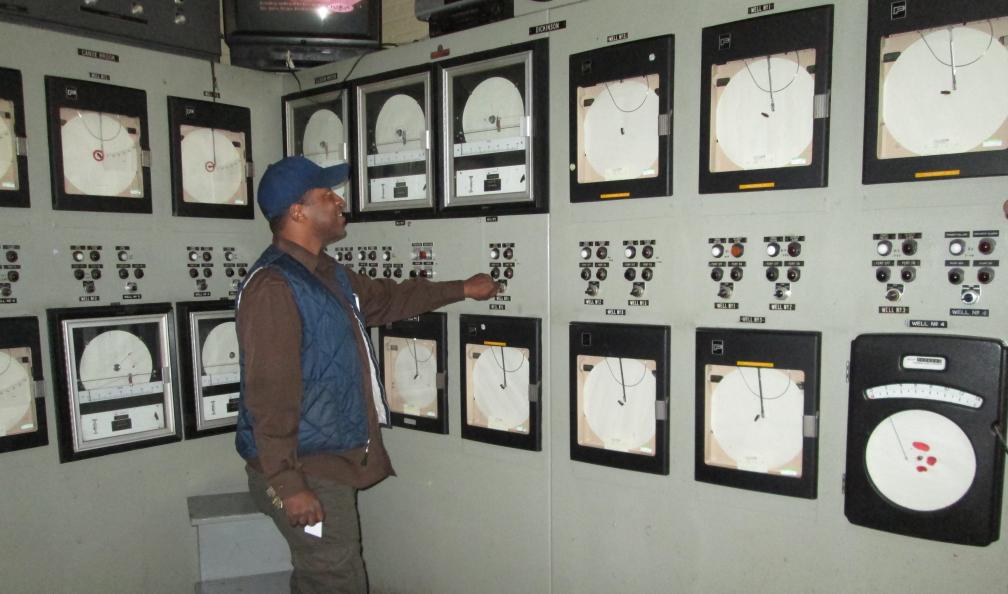
Photo by Al-Quadir Marsh

Photo by Al-Quadir Marsh
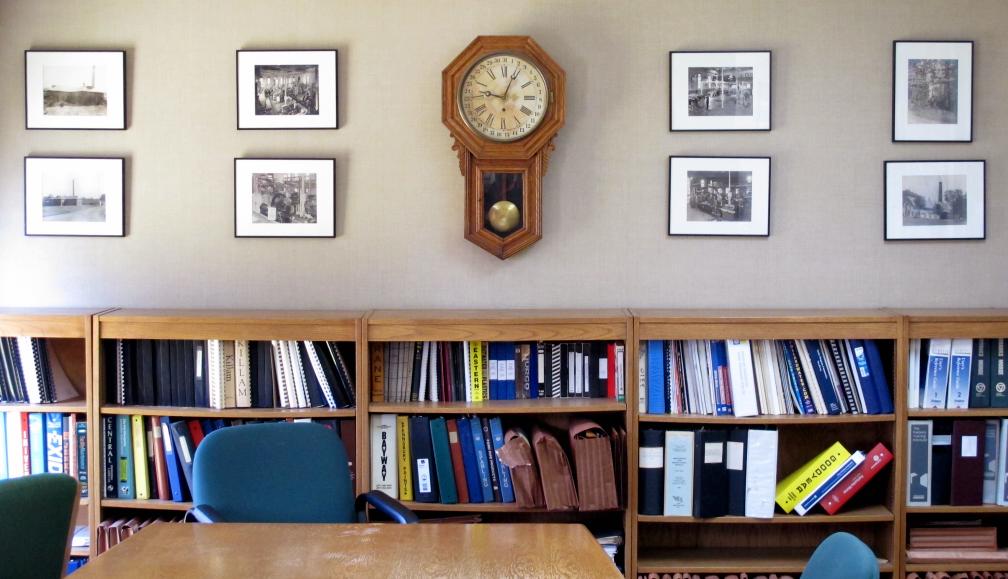
Photo by Frederick Goode
Special thanks to 2013 mayoral candidate Kevin Taylor for pointing out this overlooked part of our history and its meaning for the future of the city and citizens of East Orange, and sending us up here to check it all out.